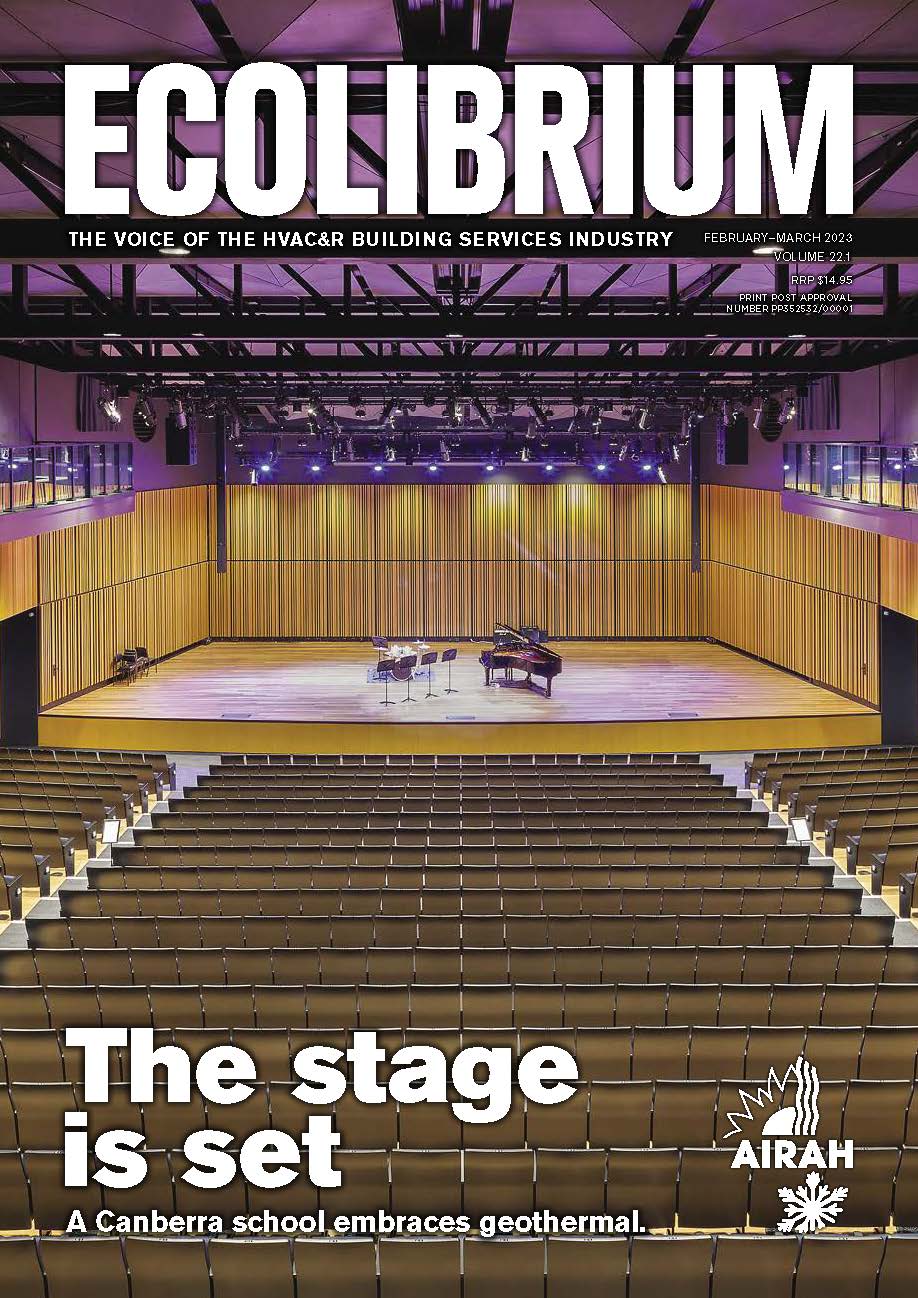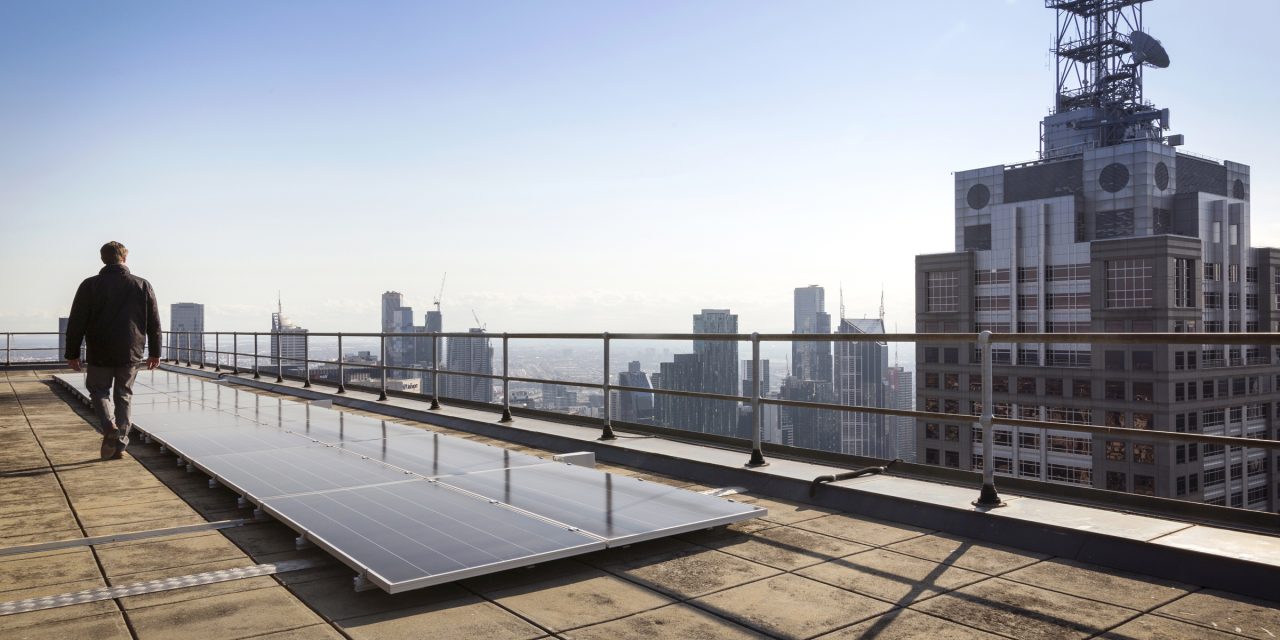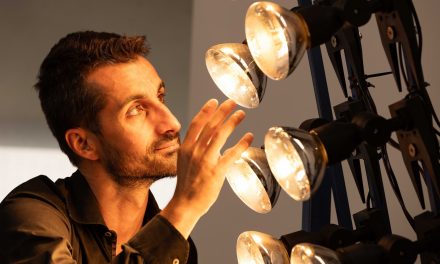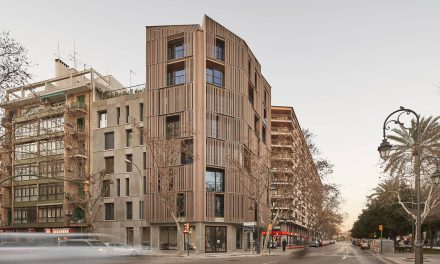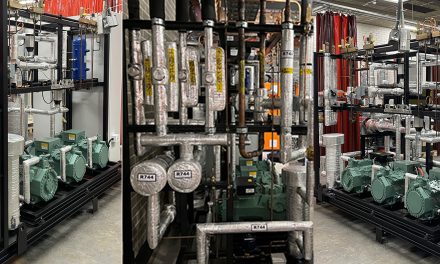For more than 30 years, 101 Collins Street has remained one of Melbourne’s most prestigious office building addresses. Now on a path of decarbonisation, its management team aims to leverage the innovation of the HVAC industry to deliver a fully electrified building.
By Sean McGowan
Historically, natural gas has provided cheap and efficient domestic and heating hot water to support commercial office building HVAC systems and tenant amenities. But an industry-wide adoption of net zero emissions targets, particularly as they relate to Scope 1 (direct) and Scope 2 (operational) emissions, is now changing the landscape (see Ecolibrium, October 2022).
Australia’s existing building stock provides some of the least-cost-abatement opportunities in the economy, leading building owners and managers to identify the removal of Scope 1 emissions associated with natural gas as a logical path towards achieving net zero ambitions.
All-electric commercial office buildings are nothing new – indeed, many are not connected to a natural gas supply network at all. However, the electrification of buildings in southern cities such as Melbourne is typically associated with the replacement of gas-fired domestic hot water (DHW) plant and gas-fired commercial kitchen appliances.
Other opportunities may also exist in electrifying heating hot water (HHW) plant – more on that later.
“This innovative project … showcases a practical and achievable technology solution utilising renewable energy to electrify gas-fired systems to remove Scope 1 emissions”
Renewable that’s doable
At Melbourne’s iconic 101 Collins, an award-winning DHW plant conversion led by A.G. Coombs Advisory has used renewable energy technology to help reduce the system’s energy consumption by 81 per cent.
“This innovative project, in a high-profile existing building, showcases a practical and achievable technology solution utilising renewable energy to electrify gas-fired systems to remove Scope 1 emissions and improve energy efficiency,” says A.G. Coombs Advisory senior engineer Jamie Park.
A.G. Coombs Advisory was commissioned by 101 Collins to prepare a design and construct (D&C) tender package to convert the building’s existing gas-fired DHW system from the original building calorifiers – connected to the building’s gas-fired HHW plant – to an all-electric system.
As well as reducing the building’s reliance on natural gas, and the corresponding emissions, separating the DHW system from the central HHW plant has another advantage. It would allow the HHW plant to be able to shut down during summer periods to further reduce gas consumption, pumping energy, plant operating costs and associated plant maintenance.
“The most obvious solution was an electric heat pump hot water system, due to their ability to provide hot water using a refrigeration circuit through their coefficient of performance,” says Park.
Attracting attention
The project at 101 Collins utilises renewable energy to electrify gas-fired systems to remove Scope 1 emissions and improve energy efficiency. The innovative work has been recognised with the Integrated Clean Energy Award at the Energy Efficiency Council’s 2022 National Energy Efficiency Awards. A.G. Coombs was also named a finalist in the category of Innovative Use of Renewable Energy in HVAC&R at the 2022 AIRAH Awards.
Following sizing of this proposed stand-alone system, A.G. Coombs Advisory reached out to the market to assess the most suitable combination of storage tanks and electric heat pumps that fit within the limits of the existing building infrastructure.
This led to contact with Thermal Energy Solutions (TES), specialists in high-efficiency heating technology.
In collaboration with TES in-house engineers, site investigations were carried out to assess the interface with the existing systems, including pipework, electrical and controls. A concept was then developed, which combined several existing technologies including thermal storage tanks, high-efficiency heat pumps and the option for a dedicated solar photovoltaic (PV) array.
Custom-designed, the plant required careful selection of an appropriate number of tanks and air-sourced heat pumps to meet the specific hot water demand requirements for 101 Collins.
Final detailed design documentation was then delivered by A.G. Coombs Advisory, allowing the project to proceed.
Through careful planning, coordination and staging, the new stand-alone system was able to be cut-over on a weekend, thereby avoided any impact on tenants and occupant amenity.
“A pre-design solution such as this makes the onsite works much simpler,” says Park, “with less room for error and minimum downtime and disruption to tenants.”
Park says when thermal plant and componentry is designed well, the onsite works more closely resemble a plug-and-play installation. The alternative is designing a bespoke system to suit the site, a more expensive and laborious task.
“This helps limit the onsite works and associated labour costs onsite,” Park says, “not to mention the improved workplace health and safety benefits of offsite fabrication.”
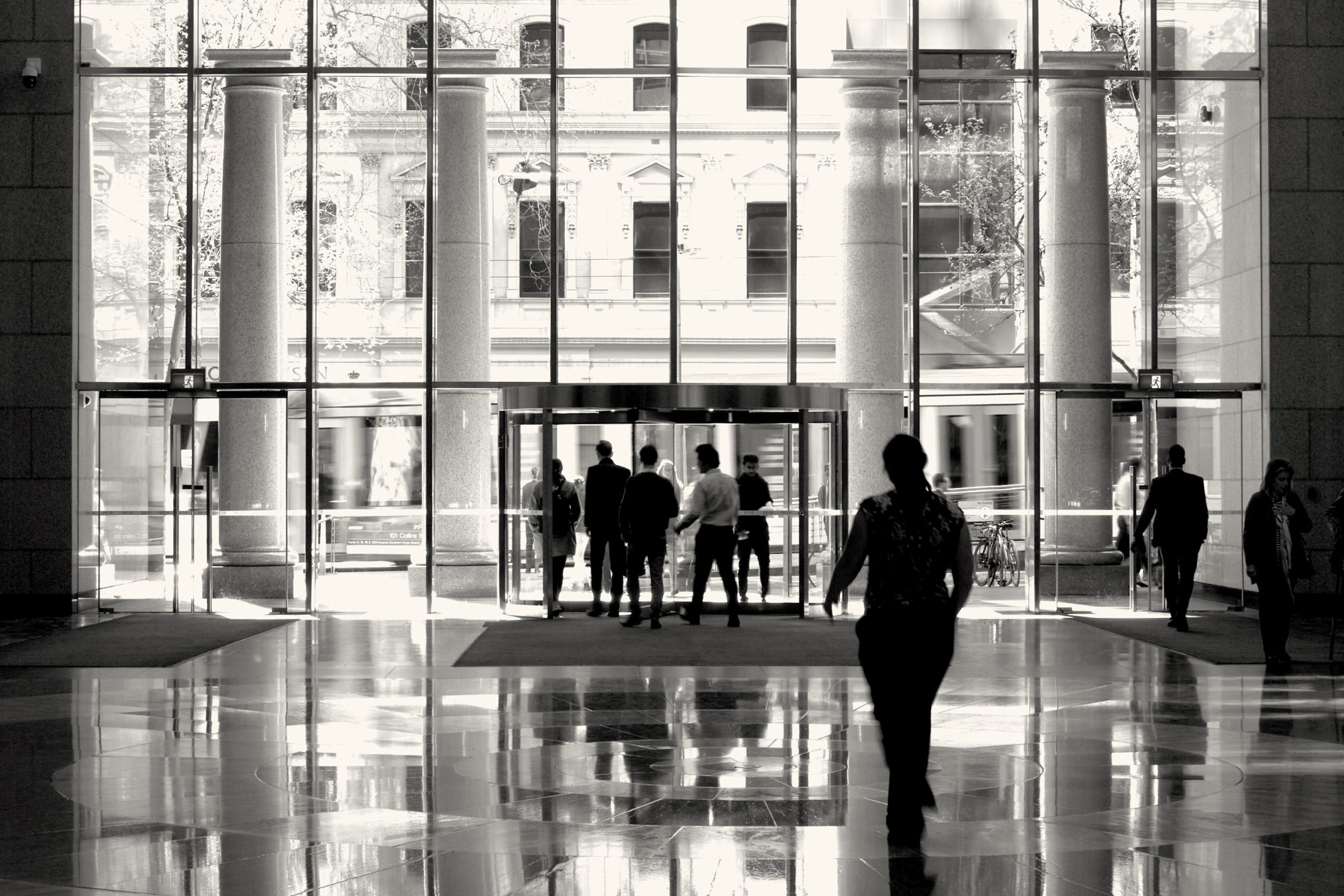
Completed in 1991, the 57-storey 101 Collins Street has long been one of Melbourne’s most prestigious buildings. Work is now under way to see the building’s HHW plant electrified, resulting in the delivery of a fully electrified building.
Solar yield
The stand-alone electric DHW plant consists of three 19kW air-sourced heat pumps, each with its own in-built circulating pumps.
A primary flow-and-return pipework circuit piped in a reverse-return arrangement circulates the hot water between the heat pumps and four thermal storage tanks.
Each tank includes an unpressurised volume of water open to the primary heated circuit (heat pumps) and dual stainless steel coils connected to the existing field circulated hot water loop.
The tank temperature is maintained at 65˚C, with each polypropylene tank encased with foam insulation to minimise heat loss.
Perhaps what makes this installation unique, and certainly more energy-efficient, is the dedicated solar PV array installed on the roof of the building.
Directly wired to electric immersion elements in each unpressurised tank via a DC circuit, the solar PV array provides up to 64 kWh of daily energy input directly into the system’s stored water tanks. This ensures heat loss is minimised – particularly the standing losses of the pipework and tank systems – and reduces the reliance on the heat pumps.
The heat pumps then provide the second stage of heating when the tank temperature drops below set-point, with cycling of compressors and heat pumps rotated to ensure even run times.
According to TES commercial manager Jon Palfrey, the utilisation of the maximum solar yield available as a primary energy source – and then to function in unison with the heat pumps – represents a world first in design and system installation.
Although the entire system is interfaced with the onsite building management and controls system (BMCS), its control is largely stand-alone in nature.
A close collaboration
“From initial site meetings to scoping the project, all the way through to final commissioning, the partnership between TES and A.G. Coombs was always close and productive, with positive communication beneficial to the outcome,” says TES commercial manager Jon Palfrey.
Going all-electric
Fact: each building is unique in its mechanical services design, and requires its own unique assessment. Park says, however, that the successful installation at 101 Collins paves a path for a viable, “scalable plug-and-play” retrofit solution for stand-alone electric DHW systems in commercial office buildings.
He says the key element for effective operation of air-sourced heat pumps is their placement, requiring a well-ventilated area that has sufficient space for multiple units.
“What worked well at 101 Collins was that the existing calorifier tank was next to an unused outdoor space that was an ideal location for the installation of the air-sourced heat pumps,” Park says.
“Similarly, we were able to work with 101 Collins’ building management team to secure additional north-facing roof space on Level 55 for the installation of the solar PV arrays.”
While such systems are scalable to a degree, the A.G. Coombs Advisory and TES teams limited themselves to modular 19kW heat pumps. This ensured ease of transport to site, and the ability to manoeuvre the equipment around plant rooms to its final location.
“The system can scale up with additional 19kW modules to suit a higher demand,” Park says. “However, there are limitations in adding more units due to available space, electrical limitations, and the increased ongoing maintenance and life-cycle costs.”
The number of tanks can also be increased as the hot water demand increases, but may be limited to the capabilities of the building structure and the footprint available.
“Larger-demand systems would benefit by increasing the module capacity to limit the number of heat pumps and tanks required,” Park says. “However, this can be limited by logistical constraints including goods lift dimensions or the ability to drop in equipment via crane.”
To this end, Park says the aspect of scalability and repeatability of a package of well-understood … and affordable technologies is an important development for the decarbonisation of buildings.
“This contrasts sharply to past technical solutions, which have usually been bespoke, complex and expensive, “ he says, “leading to low levels of uptake and issues with installation and ongoing support and maintenance.”
THE HEAT PUMP CONUNDRUM
According to A.G. Coombs Advisory’s Jamie Park, the electrification of heating hot water (HHW) plant in existing commercial office buildings usually needs to be achieved by heat pumps – despite the delivery of appropriate water temperatures remaining a challenge.
“When you are connecting to existing systems that have traditionally operated on 80˚C water, and heat pumps prefer to operate at a range of 50–55˚C, there’s a gap that needs to be addressed,” he says.
Options to counter this obstacle include replacing heating coils in the building with lower temperature designs, or exploring more expensive heat pump technology that promises to deliver the higher temperature.
Then there is the challenge of available space, and the infrastructure to support it.
“While converting domestic hot water to heat pumps is relatively straightforward due to the smaller capacities required,” he says, “achieving 3.5MW of heating hot water capacity may result in up to 10 tonnes of heat pump equipment being required – twice the weight of gas-fired boilers.”
Although the answer to the electrification of existing HHW plant may well be heat pumps, it is clear there is still some work to be done by the industry.
Results are in … and impressive
Metered data of the new all-electric DHW system at 101 Collins shows a reduction in energy consumption of 81 per cent.
Based on current greenhouse gas emission factors for grid electricity in Victoria, this equates to an approximate 13 per cent reduction in emissions. This will only further reduce as the electricity supply grid decarbonises, and will also result in a further reduction in Scope 2 emissions.
“The project has been very successful in utilising solar PV as the primary heat source, then high-efficiency heat pumps,” says 101 Collins senior engineering and sustainability manager John Kiff.
“The system has performed beyond expectations.”
A second stage of works is now under way at 101 Collins, continuing the building’s path towards decarbonisation.
This work will see the HHW plant electrified, resulting in the removal of natural gas as an energy source by the end of 2023 and the delivery of a fully electrified building soon after.
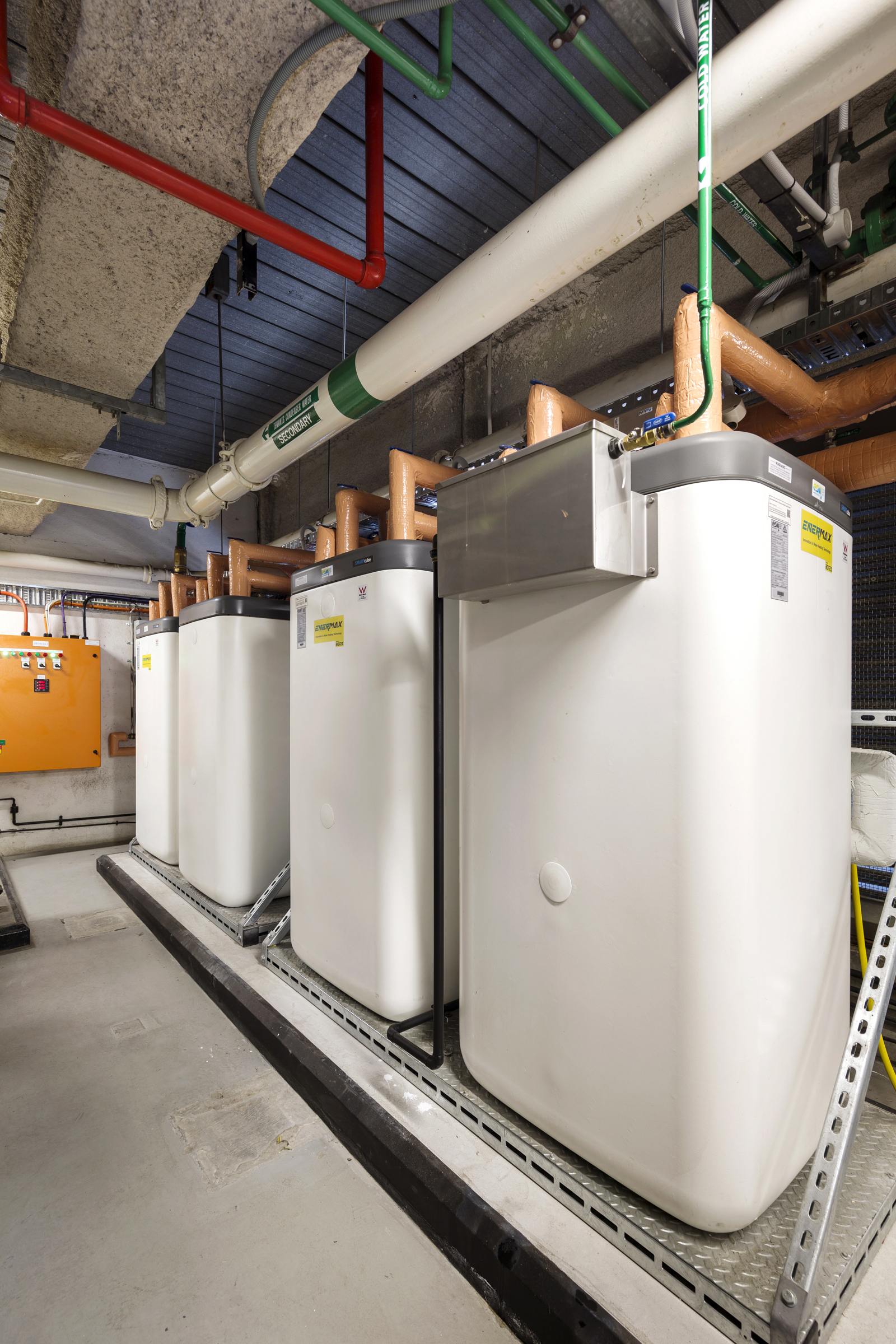
Each thermal storage tank includes an unpressurised volume of water open to the primary heated circuit (heat pumps) and dual stainless-steel coils connected to the existing field circulated hot water loop. The dedicated solar PV array installed on the roof of the building is directly wired to electric immersion elements in each via a DC circuit. This provides up to 64kWh of daily energy input directly into the system’s stored water tanks.
Image courtesy A.G. Coombs
SIZE MATTERS
Confirming a building’s system hot water demand is always the first obstacle to be overcome to ensure a retrofitted plant won’t be over or undersized.
According to Jamie Park from A.G. Coombs Advisory, most existing buildings feature oversized DHW systems serving commercial office floors. This is particularly the case as the number of on-floor shower facilities reduce and are relocated to dedicated end-of-trip facilities.
Project at a glance
The Personnel
Client: 101 Collins Street
Mechanical/hydraulics services consultant: A.G. Coombs Advisory
Mechanical/hydraulics services contractor: Regional Plumbing
Procurement partner: Thermal Energy Solutions
The Equipment
Controls: Johnson Controls
Heat pumps: Enermax
Pumps: Grundfos
Solar PV: Sunpower, Greenwood Solutions
Thermal storage tanks: Enemax SMARTCube
